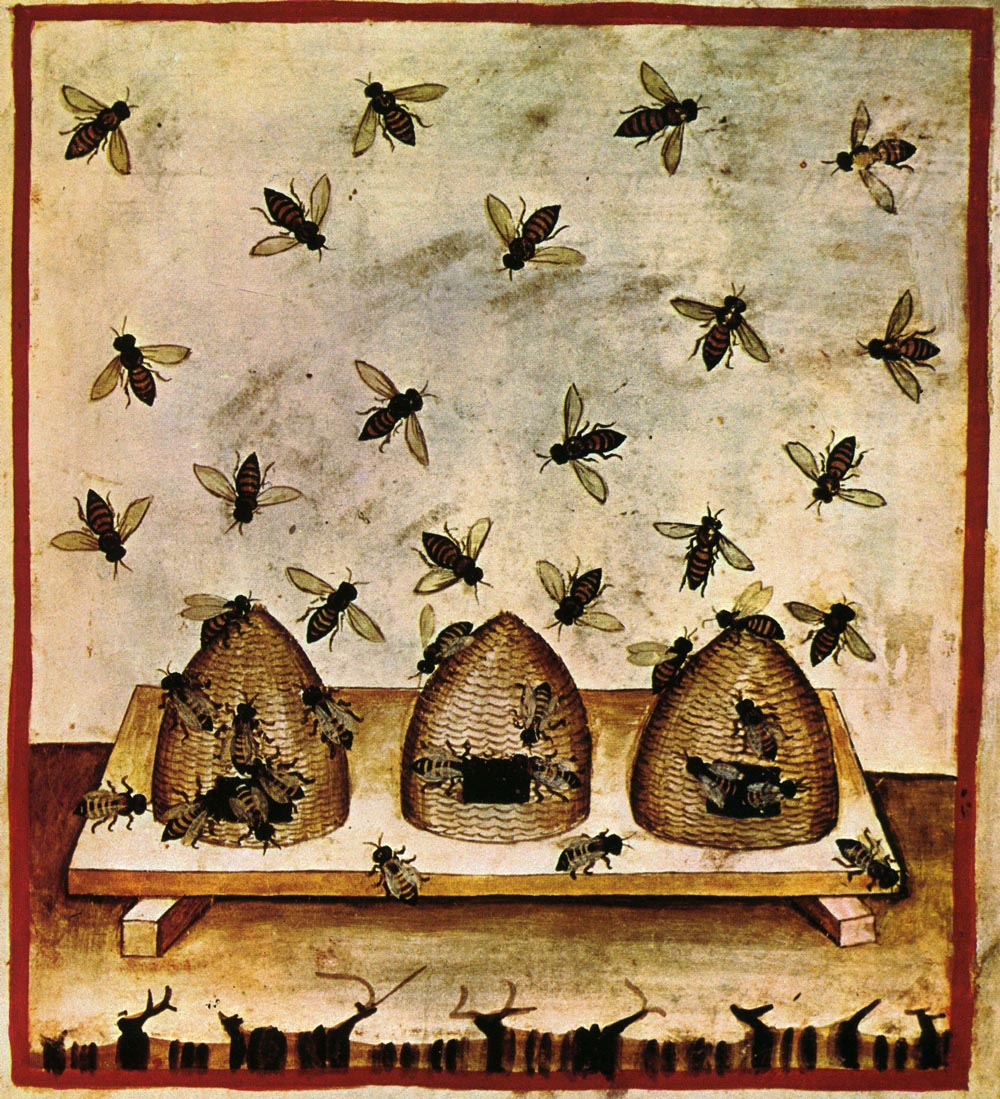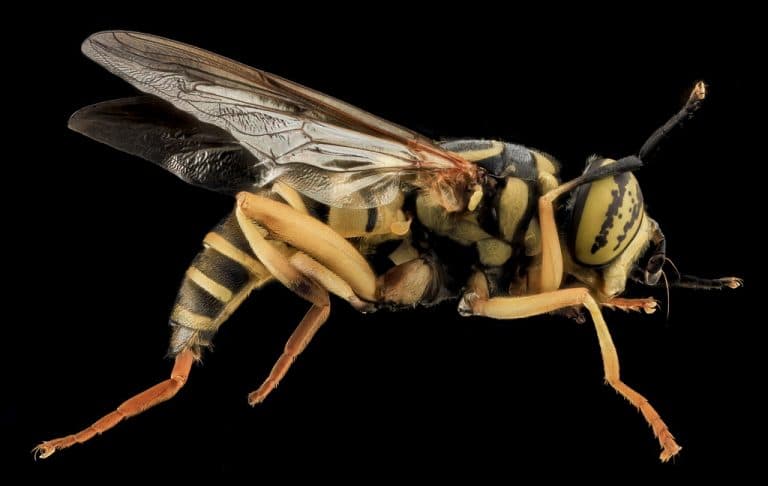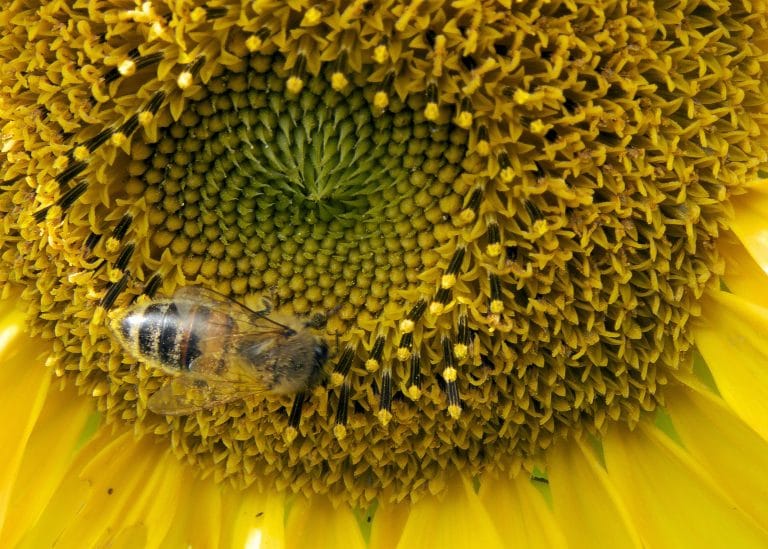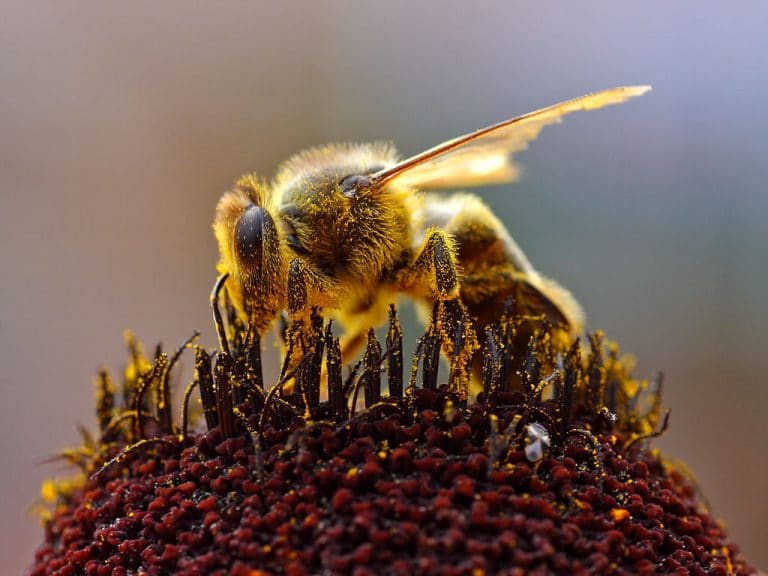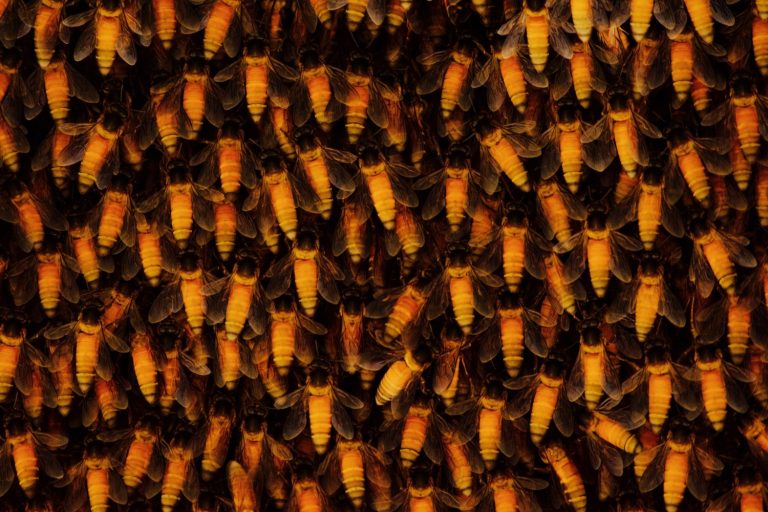Beekeeping
Honeybee farming is a joyous leisure activity, or at the same time a part or full time business. Depending on the type of the farming, you can do it anywhere, even in the urban areas, by simply buying the colonies off from the beekeepers or those captured from the wild. Packed bees or queens are also available in the markets, ready for relocation to the bee-farmer’s site.
Preparing the Farm
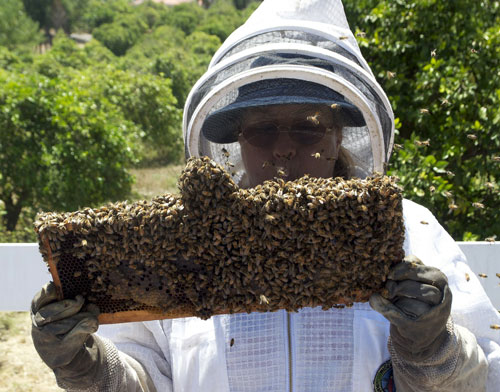
Any place, bearing plenty of flowering trees is ideal for honeybee hives and for collecting pollen grains and nectar to generate honey. Shady spots, not exposed to cold or damp, are favorable for bee farming. However, avoid heavily populated public grounds or spots near playgrounds or parks. Only a minimum amount of 150 $ is enough to gather the basic equipment for setting a bee farm.
Bee-Farm/Hive Structure
Getting Colonies
If you want to start keeping bees, you can get the bee farming kits plentiful in the markets along with the bees. Fill the empty artificial hives, with the bees from original hives or packages. Since property owners usually want beehives off their homes, grabbing a natural hive is easy and you can begin farming at almost no cost. People who intend to buy packaged bees and queens usually get them in two to five sets, usually delivering about 9,000 to 22,000 bees.
Farm Management
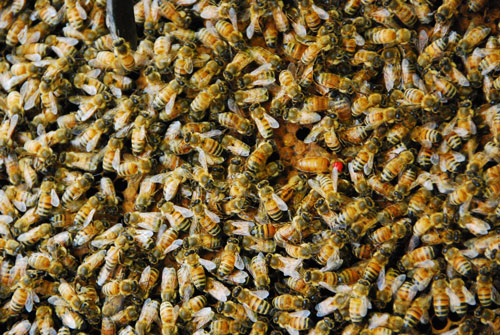
Maintaining the bee farm is the most vital part to make sure of maximum honey generation for harvesting. Start feeding and medicating bees from as soon as the New Year sets in, January-February. This is the time, for the queen bee to lay eggs. Feeding a mixture of one part of sugar and water, along with medicines and pollen supplements during this time, will keep diseases and pests away. As soon as the hive is full of bees, and harvesting has begun to give a good yield, the process of re-queening starts in spring or fall with the disposal of the old queen bee. Annual re-queering is ideal for maintaining the hive population.
Processing Honey
After collecting the honey, the bee farmers sell them in liquid form in bottles, or as honeycombs, replete with honey. They also offer a profitable combination of both, called chunk honey, where the honey has a comb suspended in it. For commercial purposes, bee-farmers use specialized equipments for easy honey extraction. However, you can collect and sell comb honey conveniently and inexpensively without these equipments if you have just started your business. Beekeeping industry is now thriving.
Threats to Beekeeping
Mites
Varroa and Tracheal are two mites that threaten beekeeping. The 1996 report of the Back Yard Beekeepers Association claims that they have accounted for the untimely death of about 40 percent of the entire bee population, and have significantly reduced the bee population in the USA.
Disease
Usually, several diseases that do not harm human beings bees affect bees; for example, “Foul Brood” and “Nosema”. To avoid this, medicate the bees, and manage the hives properly.
Urbanization
Development of urban areas have resulted in a real challenge for bee farming, as the space available for this purpose is rapidly diminishing. Fairfield County and similar areas offer a nice combination of nectar and pollen grains for honeybees.
Africanized Bees
Reports are coming in that the “killer bees”, especially in the southern states, are causing trouble for the beekeepers. Under numerous restrictions due to the negative publicity, the beekeepers find it really challenging to continue farming.

Having discovered a fondness for insects while pursuing her degree in Biology, Randi Jones was quite bugged to know that people usually dismissed these little creatures as “creepy-crawlies”.

